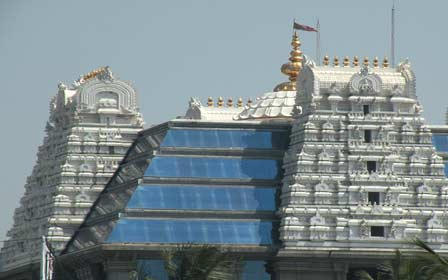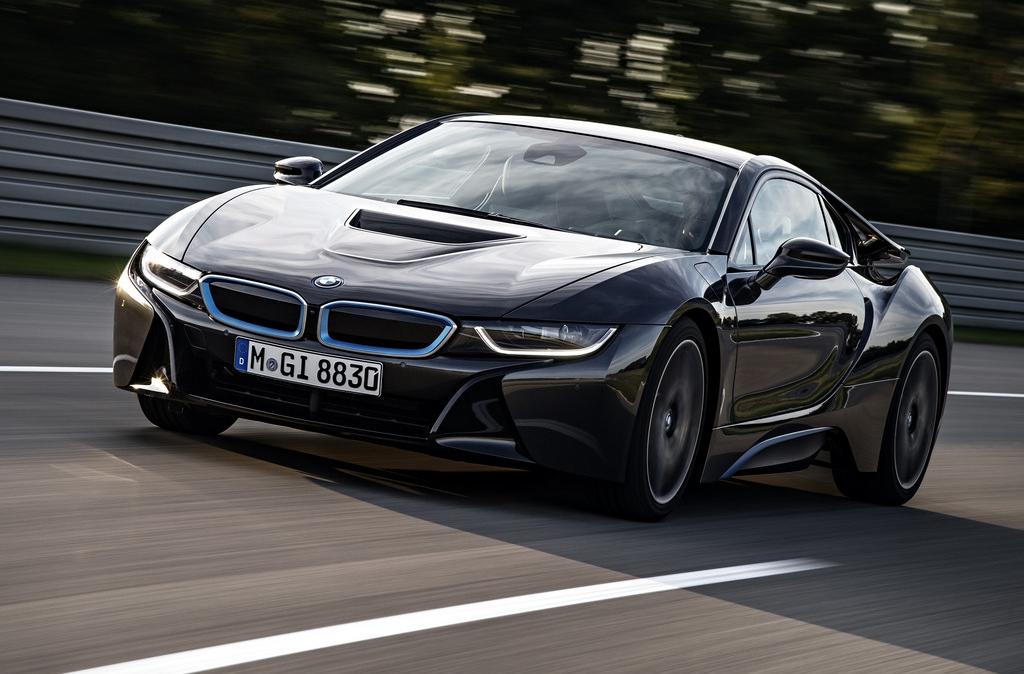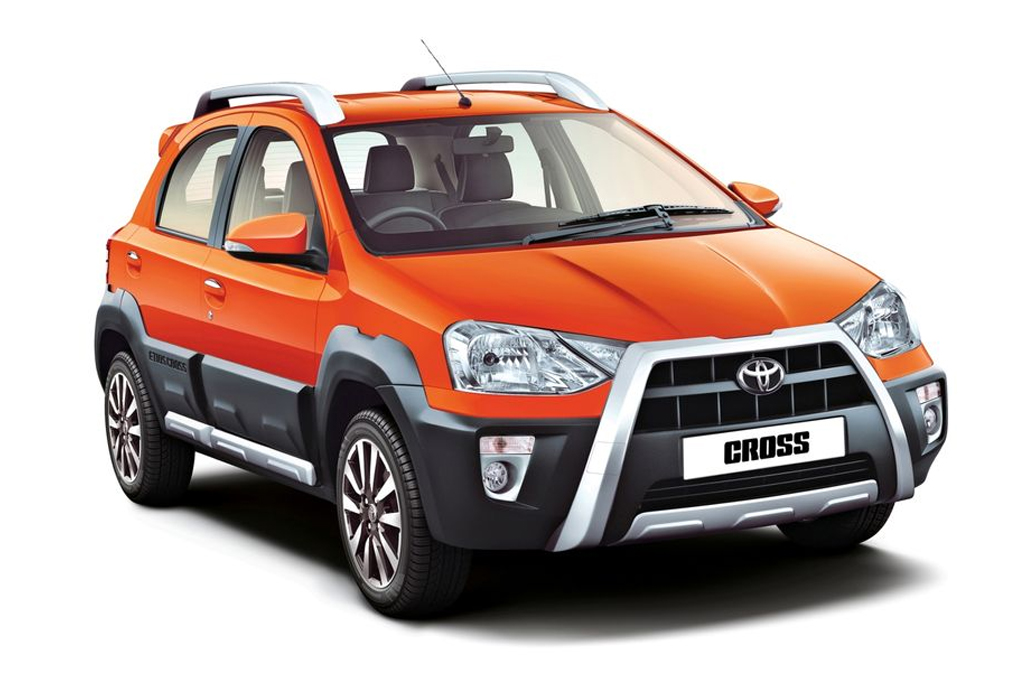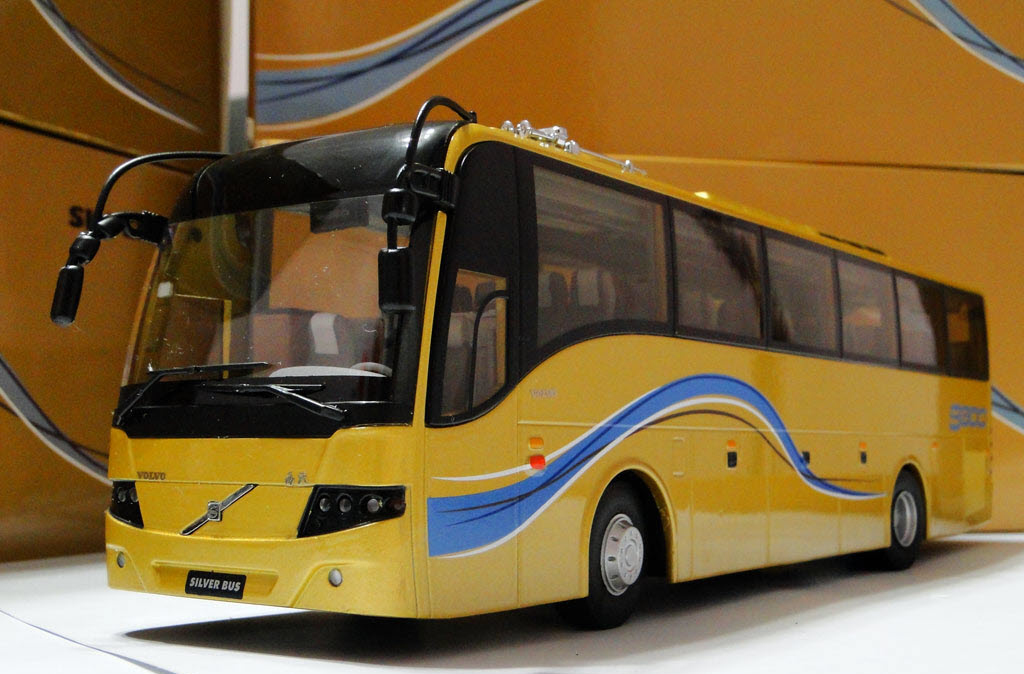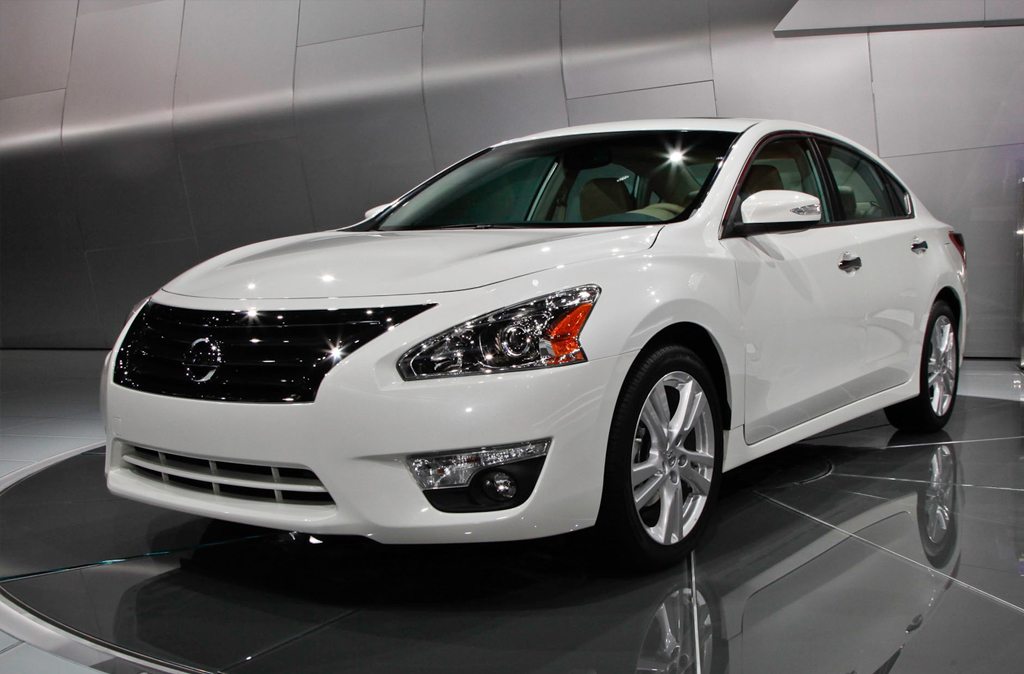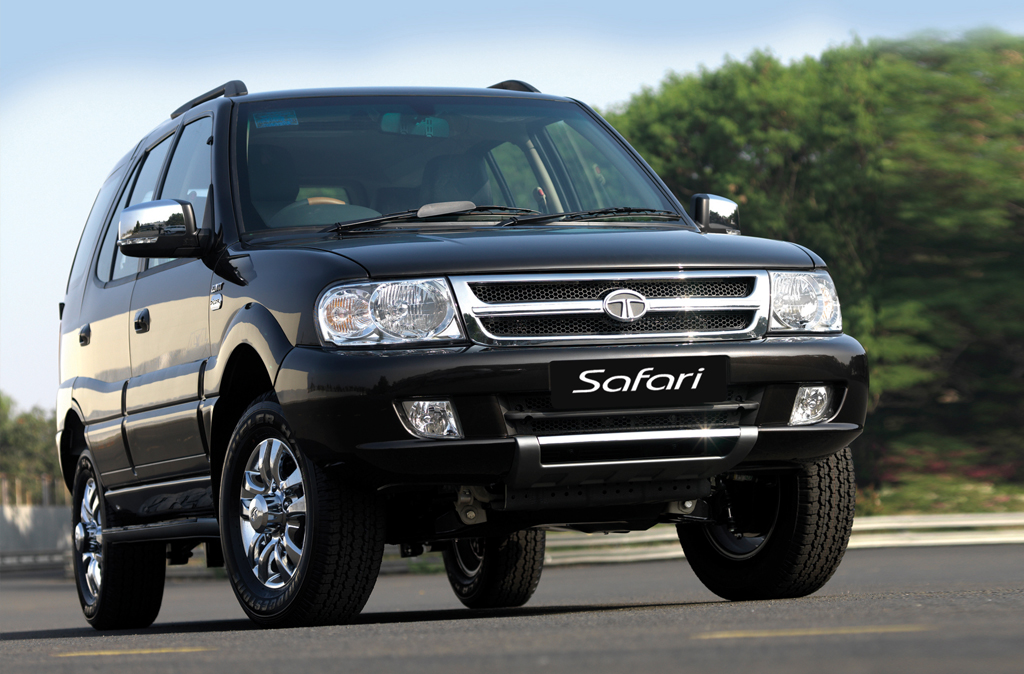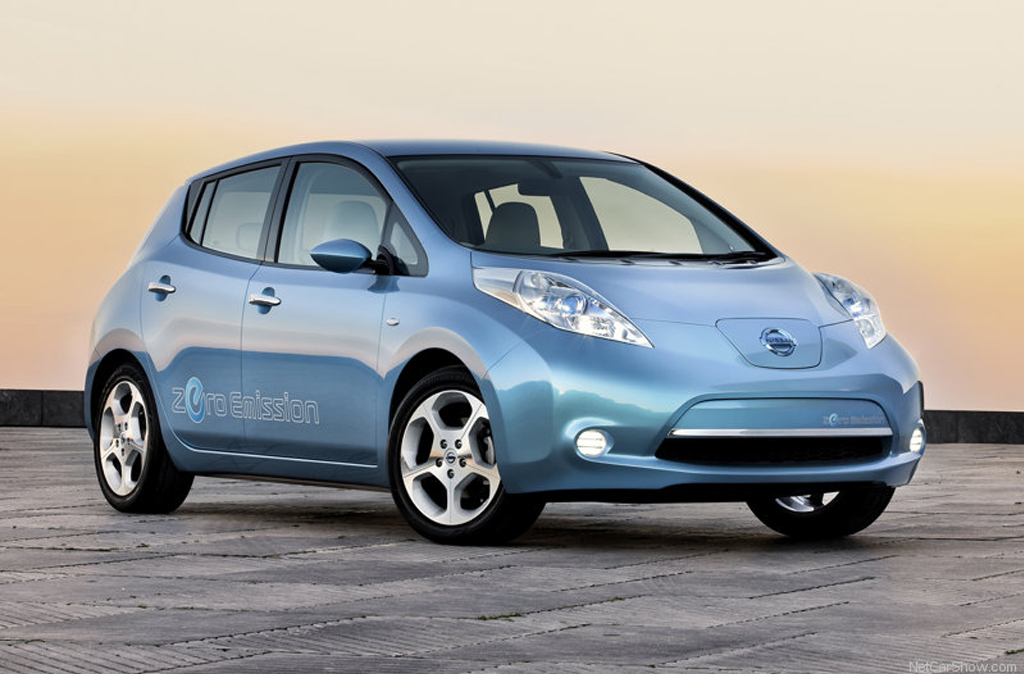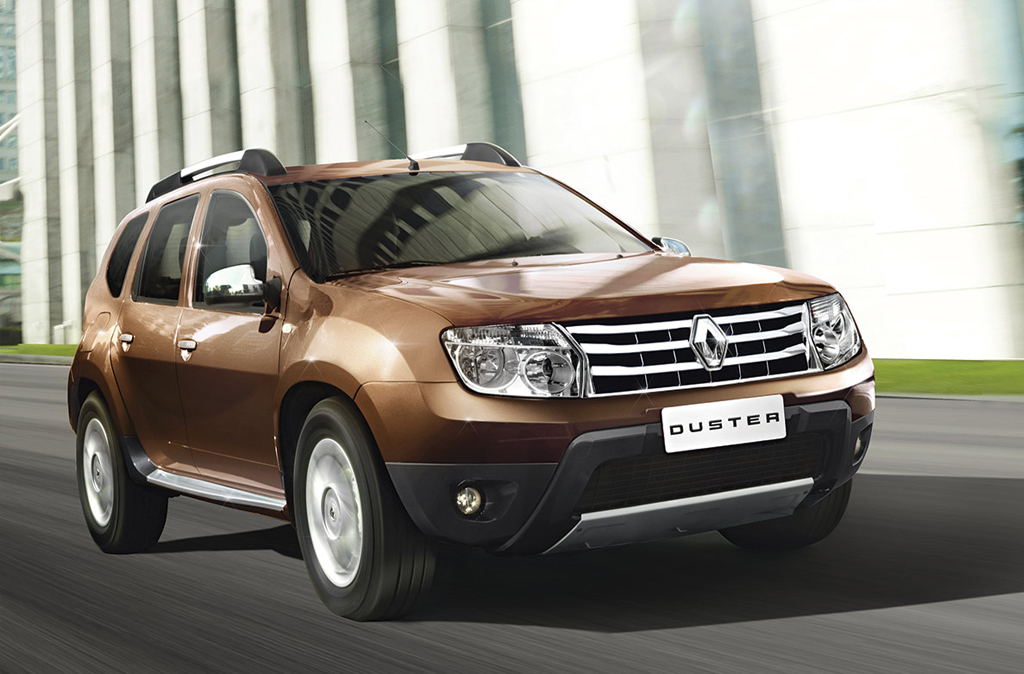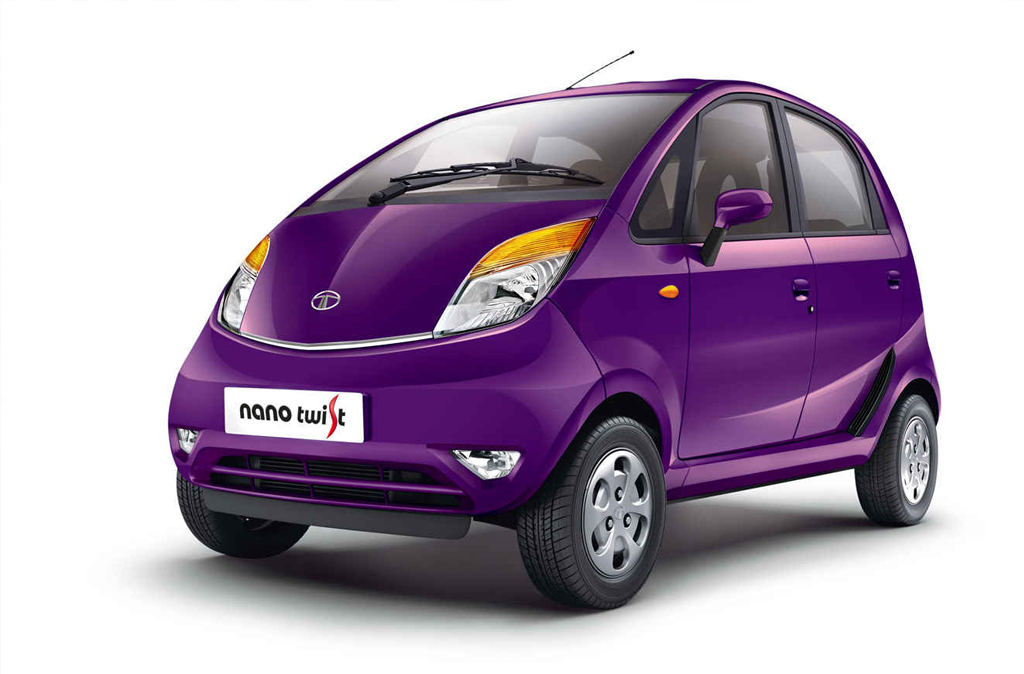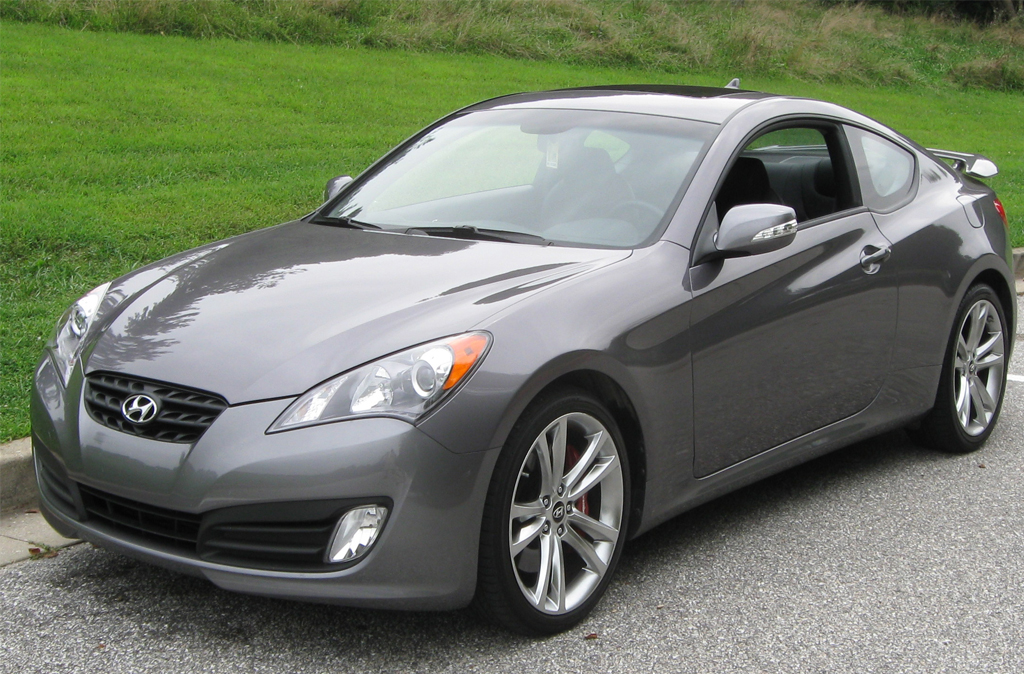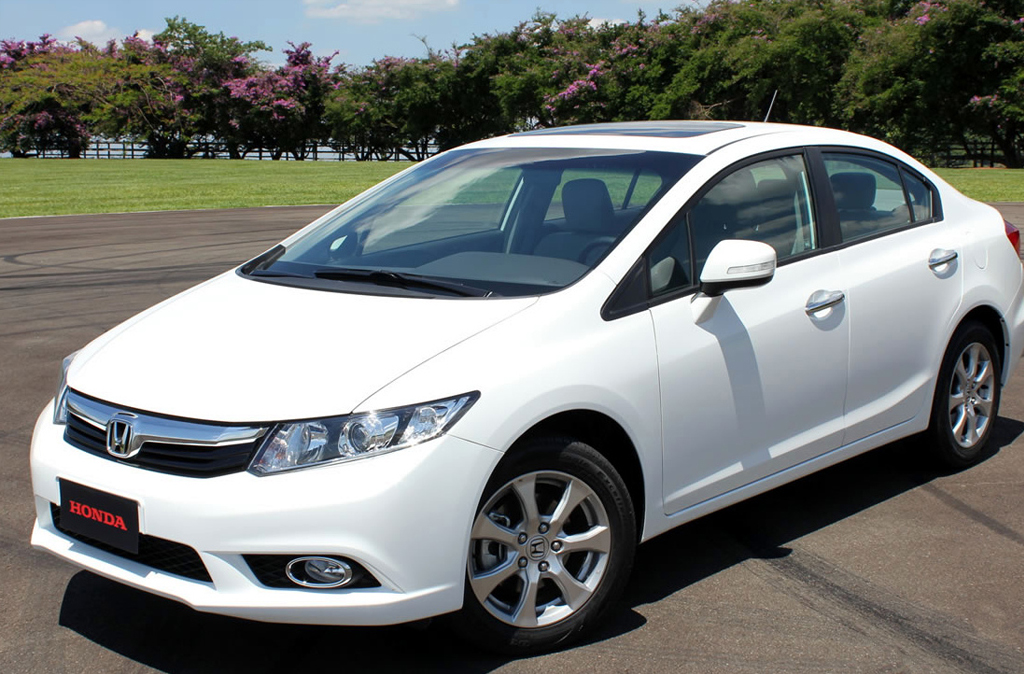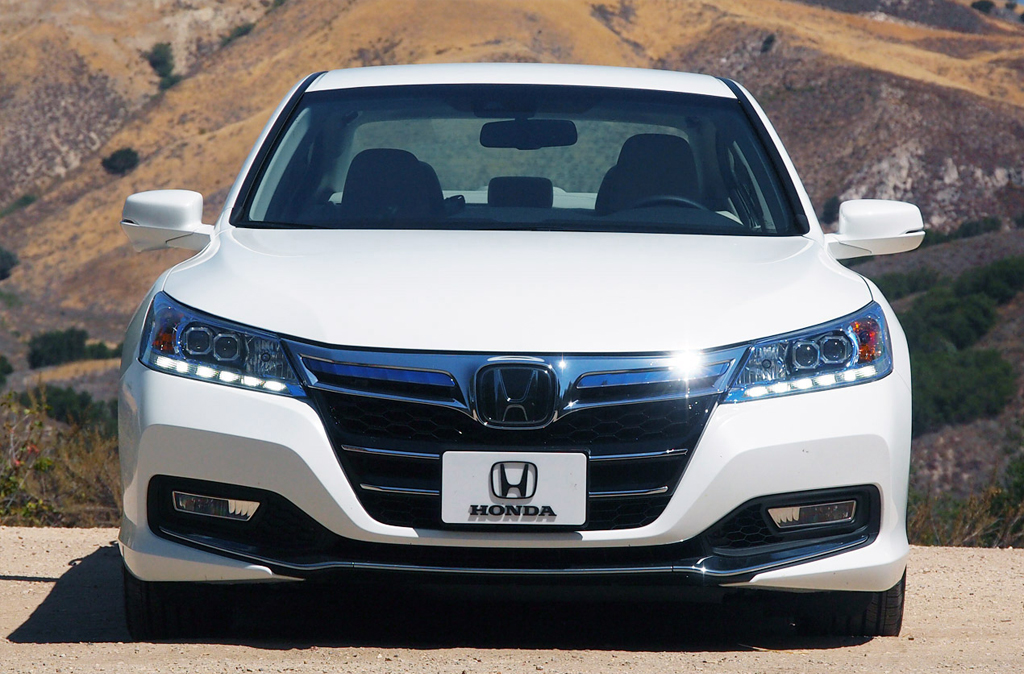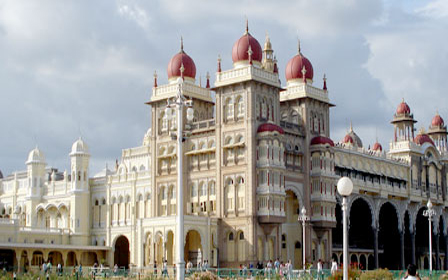
Mysore
Mysore is yet to, and perhaps never will , get over its past. A past that's made of kings, queens, conquests, rich patrons, extravagant durbars and pearled hallways must be hard to get over. The streets in Mysore are old and a good part of history can be traced by following their winding paths. The city that gets its name from Mahishasura, the troublemaker demon who was slain by the Goddess Chamundeshwari: whose temple atop the Chamundi Hill watches all over the city, has played host to the reign of a long line of Wadiyars, Tipu Sultan and the British Raj.
All roads in Mysore lead to the Mysore Palace, and rightfully so. An ode to magnificence, the Mysore Palace is a marvel of ornate ceilings, jewelled corridors, open mandaps, stained glass windows, vivid paintings and Wadiyar memorabilia - including the jewelled throne. As the main host of the famous Mysore Dasara, the Palace still has the airs of the headquarters of a sovereign. Mysore's other palaces include the Jaganmohana Palace, Rajendra Vilas, Lalitha Mahal (which is now the Lalith Mahal Palace Hotel) and the Jayalakshmi Vilas.
They make it all big and grand at Mysore or so it appears. St. Philomena's Church is awe-inspiring with its Neo-gothic architecture, built along the lines of the Cologne Cathedral in Germany. The 12th century Chamundeshwari Temple built in the style of the Hoysalas is no less impressive - it also boasts one of the biggest monolithic Nandi statues. If the pretty-as-a-picture Brindavan Gardens are a tad too manicured for your tastes, you can always head for the wilderness of the nearby BR Hills or the Ranganathittu Bird Sanctuary. The latter is comprised of six islets, teeming with water birds including painted storks and pelicans, and is located on the banks of the Cauvery thats crawling with crocodiles. A boating experience here is surreal as much as it is common - it's not everyday you're within an arm's length from a monster crocodile with no protective fencing in between. Mixed as the flavours are, Mysore offers an experience that has been tried, tested and approved by royalty for centuries.
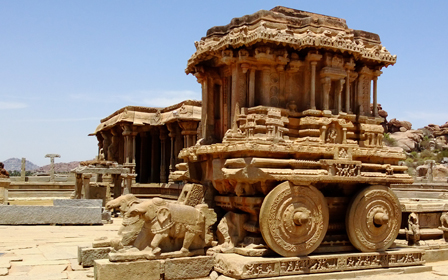
Hampi
From atop the Matanga Hill at daybreak, Hampi is every inch the capital city of a golden empire. Though what lies before are but the bones of an enchantress, who once had the whole world in her sway, Hampi is far from what one would call ruins. Once visited by the Portuguese, Arabs, Persians and Orientals, the capital city of Vijayanagara, has only grown in popularity across the centuries. And no surprise that! Every bend in the road is punctuated by a 14th century, if not older, temple; perched on nearly every hillock is a four-pillared canopy-like monument and its entire horizon, pixilated by huge gestalt-ish boulders. The regal 9-storey tall gopura of the Virupaksha Temple, where Siva is believed to have married Parvati, watches over the city like a specially-appointed god - its memory of magnificence and grandeur forever etched in stone.
Hampi gives an impression of preserving itself for the past to resume. The wedding ceremony of Shiva and Parvati is celebrated every year at the Virupaksha Temple, as it has been for centuries. The long bazaar avenues stand in expectant silence, as if waiting for that kind of commerce to resume, where diamonds and precious stones were used as currency. In the evenings, like a zillion dusks before, the dying rays of the sun turn the entire Vijaya Vittala Temple to gold; a sight which is as much a wonder as the temple's 56 musical pillars that produce the sounds of 56 different musical instruments. The Royal Enclosure waits in readiness for its sandalwood halls to be returned, the massive elephant stables, the Lotus Mahal - shaped like a lotus blossoming in the sun, the Hazararama Palace temple with intricate stories carved over its every side and the Mahanavmi Dibba or the Victory Platform still majestic and proud await to fall back into routine. The sheer detail of the carvings and the number of sculptures speak of a race of artisans that weren't quite done in their business of outdoing each other in craftsmanship. Monolithic structures carved out of a single rock-the imposing Lakshmi Narasimha, the majestic Stone Chariot, the massive Ganesha statues, the Badavilinga are proof of the brilliance that was once envied. Cross the Tungabadra River over to the ancient capital of Anegundi and there are leisurely roads to traverse, myths to chase and boulders to scale and dive off, into the waiting arms of the Sanapur Lake.
Hampi has challenged time, survived the centuries and lived to tell the tale. And, they say, if you listen carefully enough, you might learn a thing or two on how to do the same.
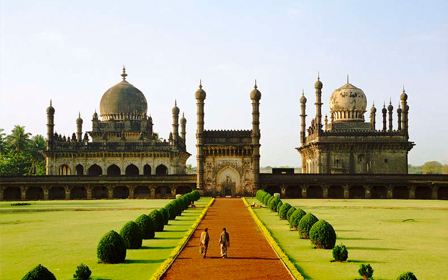
Bijapur
The beautiful city of Bijapur is located in Karnataka in South India. It is famous for the many historic marvels that dot the city. The history of the city dates back to the 11th century when it was founded by the Chalukya dynasty. They referred to it as Vijayapura
It was since the 14th century that the city was being called Vijapur or Bijapur when it came under the Bahamani sultanate of Gulbarga. The city was taken over by the Adil shah dynasty in the 15th century. Much of the city's greatness belongs to the monuments that were constructed during this period. After India's independence the place became part of the Bombay state but it was restored to Mysore in 1956.
The city comprises people of both Aryan and Dravidian descent. Most of the city's population is Hindu Lingayat. There are very few Christian and Muslim communities in the region.
There are several world famous locations in the city such as the following:
- Gol Gumbaz, one of the largest domes in the world
- Ibrahim Rauza, an architectural marvel
- Jumma Masjid, the largest mosque in the area
- Malik-e-Maidan, the largest medieval cannon in the world. There are many more equally magnificent structures like Asar Mahal, Chand Bawdi, Gagan Mahal, Barakaman and Upri Buruj. Besides these the city also has several sprawling gardens.
Bijapur still maintains its royal character and the many monuments are sure to acquaint one with the rich culture and tradition of the area.
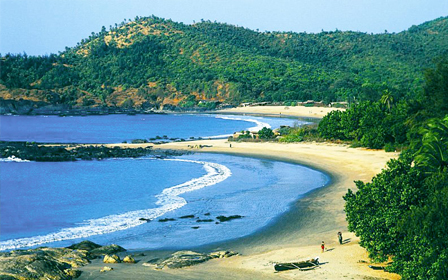
Gokarna
Gokarna is a dream destination for so many different reasons. Its refusal to fall into a certain type-casted slot is just one of them. Open beaches, undiscovered coves, epiphanic sunsets, jagged cliffs, quaint temples and an evasive culture that makes Gokarna whatever you want it to be. Sun, sand and surf is what you go to Gokarna for, and the solitude it offers is like a bonus track on a great music album. The Om Beach, with its Om-shaped shoreline is a scramble down a rocky cliff - just like every other beach in Gokarna. Cliffs separate each of Gokarana's five beaches from the others and offer spectacular views far out into the Arabian Sea. You can either take a boat ride to other beaches or walk it down. But either way the Kudle Beach, the Paradise Beach, the Half-moon Beach and the Gokarna Beach are worth a visit.
With beach shacks aplenty, you can either idle away your time in sun-soaked bliss - the Half-moon in its quaint smallness is as secluded as a private beach - or you can go for an action-packed beach holiday. Fishing trips, jet-skiing, boating trips to spot dolphins off the coast, banana boat rides and good food at the end of it all. And yes, just as Gokarna becomes whatever you want it to be, for the few days you're there, it also lets you be whoever you want to be.
